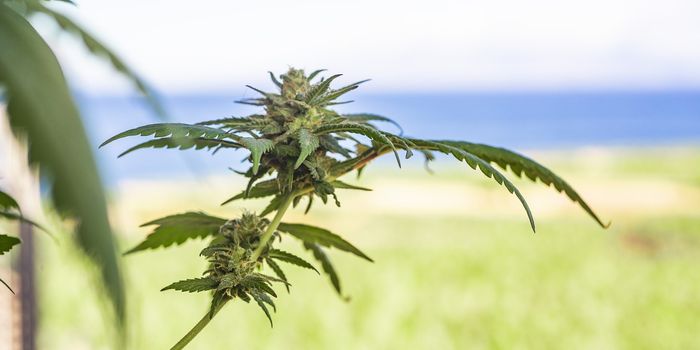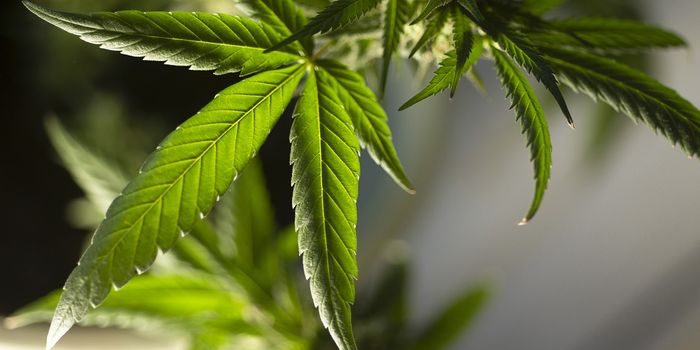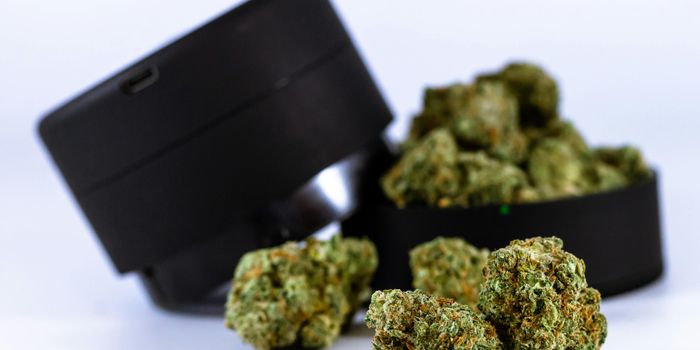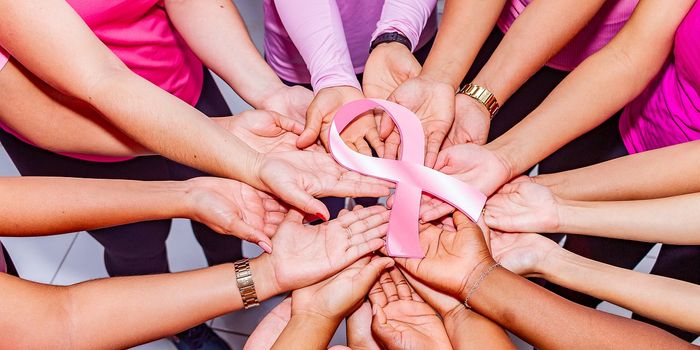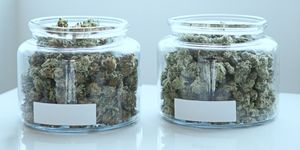Even the Most Experienced Cannabis Users Don't Understand Cannabinoids
Results from a new research study call for better cannabis education programs after a survey of potentially the drug’s biggest fans showed that cannabis users were way off base when estimating what percentages of THC and CBD made up “low” and “high” cannabis strains.
The annual Hash Bash event has been held in Ann Arbor, Michigan, since April 1, 1982. The event includes “speeches, live music, street vending, and occasional civil disobedience” for individuals passionate about “reforming federal, state, and local marijuana laws.” Researchers from both the University at Buffalo and the University of Michigan recruited almost 500 Hash Bash attendees to fill out a 24-item questionnaire that would reflect how well respondents understood how to manage cannabis use.
Key questions on the survey asked about the effective doses of tetrahydrocannabinol (THC) and cannabidiol (CBD), the key psychoactive and non-psychoactive components of cannabis, respectively. When asked to list the effective doses of THC and CBD in milligrams – with “I don’t know” as an option – the respondents provided answers that, on average, actually equaled an effective dose capable of killing the person who consumed those doses.
"Even the people who are most enthusiastic have very poor knowledge of cannabinoid content,” explained lead author Daniel Kruger, PhD. “They greatly overestimated how much THC and how much CBD was in various strains, and what the effective dosages were.”
Leafly.com, a leading cannabis education website, lists “high” THC strains to contain 10-30 percent THC, “high” CBD strains to contain 5-20 percent CBD, and “low” THC strains to contain less than five percent THC (it also lists “low” CBD strains as containing “trace amounts” of CBD.
Most respondents in the researchers’ survey largely overestimated what percentages of THC and CBD would cause a particularly cannabis strain to be considered “low.” Half of the estimates for low CBD strain percentages listed 30 percent CBD or higher, levels of CBD which are not even available.
Of the individuals who completed the survey, two-thirds reporting daily cannabis use, mostly for health or medical purposes. More than 75 percent said their cannabis knowledge came from personal experience, i.e., not from reading peer-reviewed research.
Sources: University at Buffalo, Drugs: Education, Prevention and Policy, Leafly, HashBash.com

